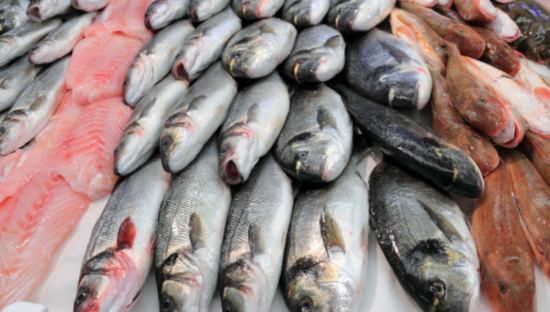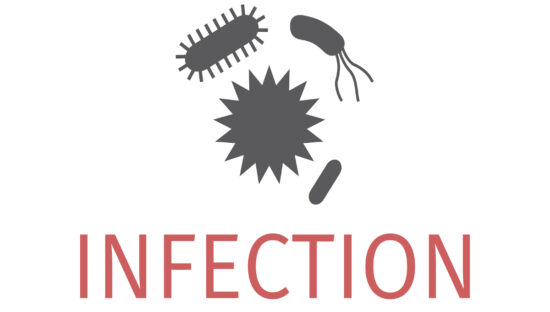Water plays a critical role in ensuring food safety in the fisheries sector, according to the UN Food and Agriculture Organization (FAO).
Findings come from a report focusing on strategies to minimize microbiological risks and promote public health through effective water management practices.
In the fisheries sector, water is used directly in contact with fish during washing, cleaning and chilling, as an ingredient, and indirectly for cleaning, sanitation, and temperature control.
The FAO held a workshop in Choluteca, Honduras in April about the safety and quality of water used in fisheries. The event gathered 45 participants from 11 countries, including scientists, regulators, food businesses, and food safety inspectors.
Fit for purpose water
The main goals were to present findings from microbiological risk assessments, compare “fit-for-purpose” versus “clean water” approaches, and train participants on using decision trees for risk assessment.
Experts said decision trees must be adaptable to local conditions, including seasonal variability, infrastructure limitations, and long-standing safe practices.
Participants highlighted the importance of assessing water sources and identifying hazards. Country representatives noted challenges like inconsistent definitions and resource limitations. Visits to shrimp farms also provided practical insights into water management.
Examples of challenges were managing seasonal variability in water quality and the presence of birds and other animals increasing the risk of fecal contamination. Also, the frequency, thresholds, and enforcement varied by country.
Attendees emphasized the need for a risk-based, fit-for-purpose approach to water use in fish production and processing. This includes assessing water sources, identifying hazards, evaluating treatment options, and implementing multiple barriers to ensure safety. These could include filtration and disinfection or good hygiene practices (GHPs) and hazard analysis and critical control points (HACCP).
Clean water does not meet the criteria for drinking water but does not endanger food safety.
Arsenic report
In other news, the Joint FAO/WHO Expert Committee on Food Additives (JECFA) has released a report evaluating the risks posed by inorganic and organic arsenic species.
Experts re-evaluated the food safety risks of various small and complex organic and inorganic arsenic species, incorporating updated toxicological, occurrence and dietary exposure data published since the last review.
No new human studies were identified that would alter the previous assessment that inorganic arsenic causes lung, bladder, and skin cancer.
(To sign up for a free subscription to Food Safety News, click here)



